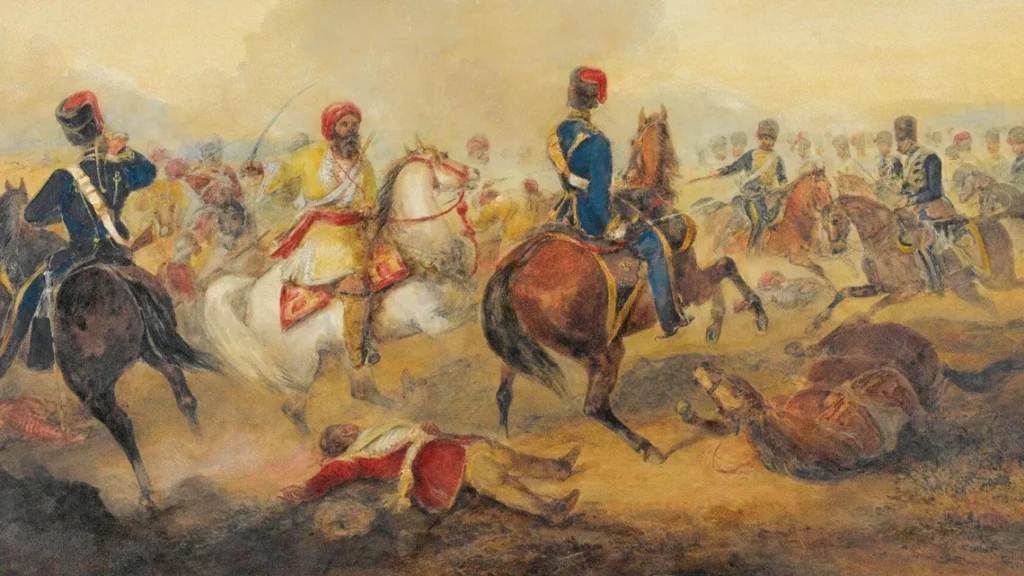
Tears of Begums: Stories of those who survived the 1857 war
The first English translation of Khwaja Hasan Nizami’s 1922 Urdu best-seller, ‘Begumat Ke Ansoo’, gives the book a new, accessible texture
The first war of independence of 1857 or ghadar, or the uprising, was a turning point in Indian history—it not only ended the more than 300-year, almost uninterrupted rule of the Mughal dynasty but also put India under the direct control of the British queen. Within the next 90 years, the country was changed culturally and sociopolitically—and the map of united India was altered forever.
There have been books about the aftermath of the 1857 uprising—thousands of freedom fighters, including those from the royal family, were either killed, jailed or exiled. Tears Of The Begums, a new book, is an account of the survivors of 1857.
Originally written in Urdu and first published in 1922 by Khwaja Hasan Nizami as Begumat Ke Ansoo, it was an instant best-seller, reprinted and republished many times and translated into many Indian languages—this is the first time, however, that it comes into English.
Nizami, born in the late 1870s in a family with Sufi lineage, was a scholarly and spiritual man who wrote 12 books based on the events of 1857. All of them were based on eyewitness accounts of survivors. Of these, Begumat Ke Ansoo was the most successful.
Its translator, Rana Safvi, opens with a lyrical introduction, giving readers historical context to the stories. Then there is a piece of poetry on the fall of Delhi, aptly titled Shahr Ashob (Lament Of A City), whose three couplets give readers a clear hint of what lies ahead.
Chapters one and two are about the Mughal emperor Bahadur Shah Zafar, his disposition, and his last days as a ruler. The remaining chapters are stories based on the accounts and interviews of survivors, mostly of royal descent, of the first war of independence. In some, the author uses a fictional narrator to weave together stories gathered from disparate sources. The florid narrative style of the original Urdu text, partly influenced by the dastangoi style of storytelling, is replete with metaphors, similes and hyperbole, offering a feel of the 19th century.
Despite the inherent challenges of translating such prose into a foreign language and idiom, Safvi, an acclaimed historian herself, has not just rendered it into English but has given it a new and accessible texture. The translator even flags contradictory historical facts or factual errors that she notices, so that readers can make informed decisions on how much and what part of the story to believe. The lilting tonality and cadence of the original Urdu have been retained. Safvi is smart in using footnotes, instead of a glossary, to explain words, characters or historical events.https://lifestyle.livemint.com/how-to-lounge/books/tears-of-begums-stories-of-those-who-survived-the-1857-war-111666932361104.html

